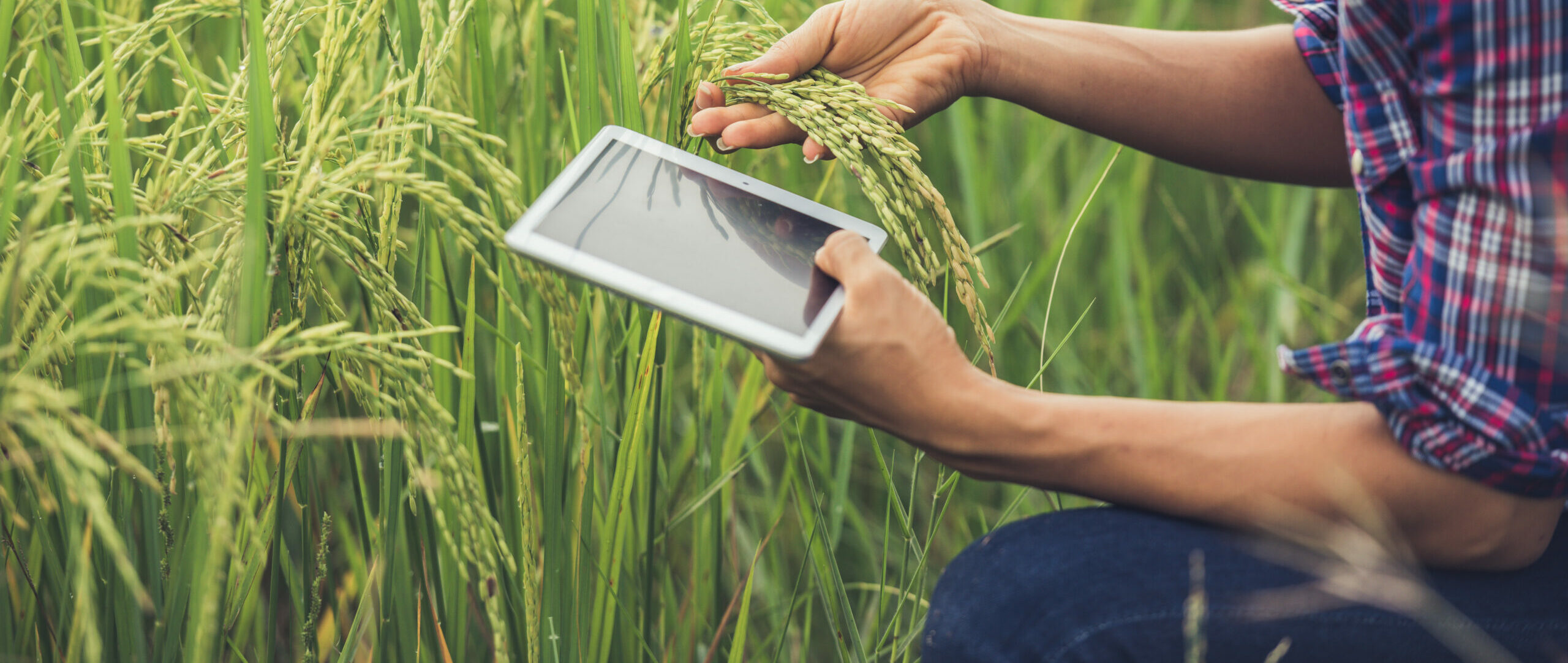New report: CGIAR's Transformative Crop Technologies Drive $1.3 Trillion Impact
- From
-
Published on
27.02.24

The cumulative impact of CGIAR-related crop technologies reached US$1,334 billion from 1961 to 2020, according to a new peer-reviewed report.
Virtually all households in target countries have benefitted from productivity improvements which have increased access to food, and in turn led to decreases in undernutrition and child stunting, says the report.
The new study notes that while farmers may face lower prices for their products, those who have successfully adopted new technology have also achieved lower unit production costs and still earn net income gains. Nevertheless, farmers who were unable or unwilling to adopt the new technologies, may face a loss of net income it says.
The findings, published in the esteemed journal World Development, indicate an annual equivalent of US$47 billion in economic welfare gains.
“The economic impact of CGIAR-related crop technologies on agricultural productivity in developing countries, 1961–2020” highlights the diffusion and productivity impact of CGIAR crop research. The report shows that by 2020 , CGIAR-related crop technologies were adopted on at least 221 million hectares across Asia, Africa, and Latin America. The adoption of these technologies saw impacts increase by about $600 million annually in the 2010s, demonstrating a sustained positive trend.
In addition to raising farm income, productivity gains in critical crops have lowered food prices, benefitting broader populations. This is a key reason why agricultural productivity growth, particularly food crop productivity growth, has had more significant impacts on poverty reduction in low-income countries than comparable productivity growth in other sectors, the report states.
The report says improved crop varieties, a hallmark of CGIAR efforts, have been the primary driver of these positive impacts. Notably, the impacts have expanded beyond CGIAR’s original focus on traditional crops like rice and wheat, including roots, tubers, beans, cassava and maize. The report notes that pest management and natural resource management have also emerged as critical components of CGIAR’s efforts to enhance crop productivity. It also notes that CGIAR innovations have helped to save forests and natural grasslands from cropland conversion, as well as reduce greenhouse gas emissions.
Underlining CGIAR’s global impact, the report shows at least 92 countries adopting CGIAR-related crop technologies. Among these nations, India, China, and Nigeria emerge as the largest beneficiaries, underscoring the organization’s role in addressing the agricultural challenges faced by populous and diverse regions.
The report represents an essential update on previous meta-assessments of CGIAR impacts. It draws on a significantly more comprehensive range of sources than previous studies, including from farmer and expert surveys, seed sales, and plant DNA sampling in farmers’ fields.
The study’s findings reinforce CGIAR’s role in driving economic welfare gains, reducing poverty, and contributing to global food security. CGIAR’s ongoing commitment to innovation and collaboration thus positions it as a crucial partner in addressing current and future challenges in food systems.
Header photo: Farmer standing in a rice field with a tablet / Shutterstock
